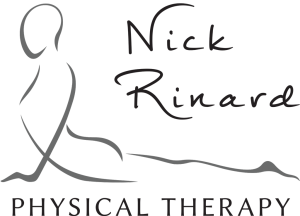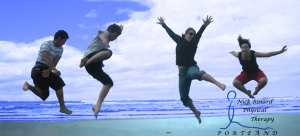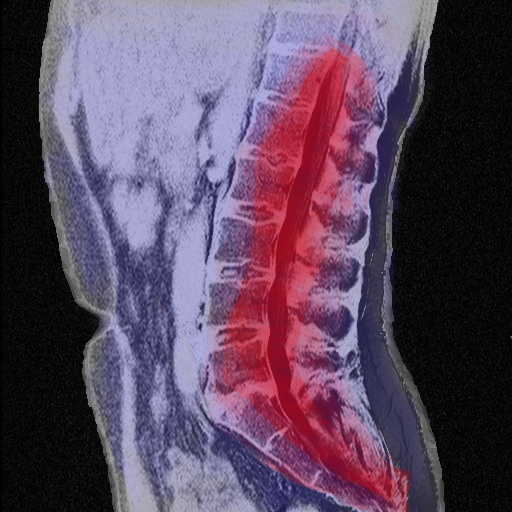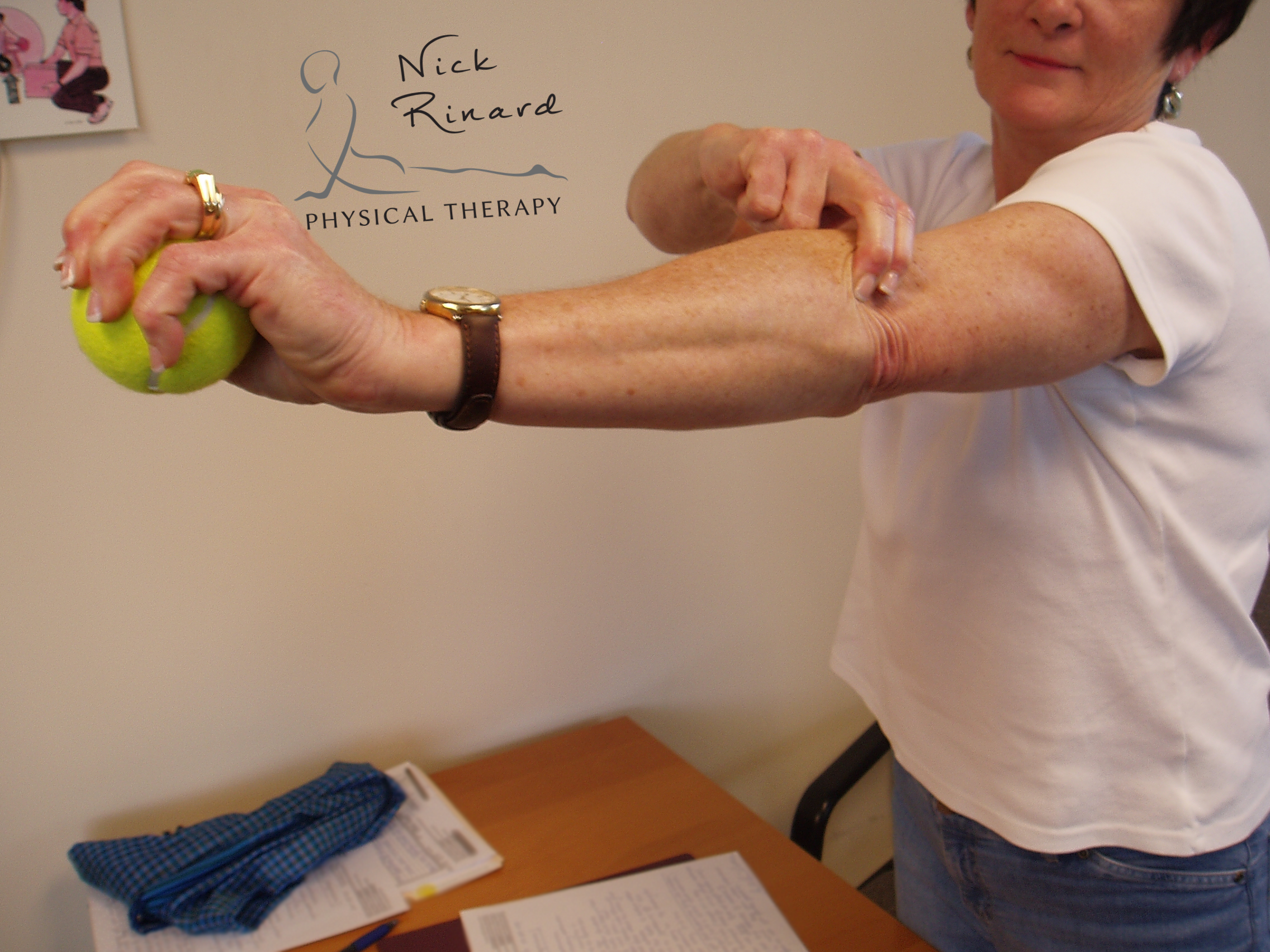A few months ago, I treated a young Portland area woman who was suffering from low back pain. “Beth” had been in a car accident 10 months prior to my evaluation. She was rating her worst pain as a 9/10 and was moderately limited with walking, sitting, bending and lifting. Because of the pain associated with these activities, Beth was limited with her duties as a student nurse, and somewhat concerned with how her back condition will affect the rest of her life. Beth had been to a chiropractor and to a different physical therapy clinic, neither of which proved to have any lasting benefits.
Beth’s objective findings included what mechanical therapists call a “Left Shift” in standing. This means that her shoulders were not centered over her hips, but rather, off to the left side. We know this as a relevant lateral component and is typically associated with a derangement (something out of alignment or out of place). Beth also demonstrated limited, painful movements of the spine; primarily in the frontal plane.
The exercise to correct Beth’s shift and reduce her derangement was repeated right side glide in standing. Beth was able to perform this exercise throughout her day to decrease her pain and by 3 weeks out, she was reporting little to no pain. Beth was then able to begin core strengthening exercises, after her pain was gone, and get back to her duties as a nursing student. At our last treatment visit, Beth told me that she was able to work multiple 12 hour shifts as a nurse without any pain!
If the physical therapy treatment you are receiving does not get feeling better within 1 or 2 weeks, find something that works!
More
By Megan Plante, DPT
01 May, 2014
Clinical Case of the Week
Oregon, pain, pain-free, Physical Therapy, pseudo tennis elbow, PT, quality, results, reversible, Story
Lateral epicondylitis, more commonly known as “tennis elbow,” is a pathology that is familiar to physical therapists and the general public. What is lesser known is “pseudo tennis elbow,” a mechanical problem with a very simple solution! Unfortunately, therapists whom are not familiar with the utilization of mechanical diagnosis may unknowingly miss this common elbow derangement. As a therapist practicing the McKenzie method of mechanical diagnosis, I have diagnosed BOTH of my current elbow pain patients as derangements (or pseudo tennis elbow).
SYMPTOMS
Portland area patient presented to physical therapy with intermittent right elbow pain, worsening over the last 3 months. Patient reported difficulty with gripping, lifting, carrying and global limited function of the right arm. Patient described symptoms as “variable” meaning he could perform a task that produced his elbow pain. Then, perform the same task or movement again without experiencing any pain at all! This variability of pain is the hallmark of a derangement and should not be misdiagnosed as a tendonitis (also called tendinitis), which would indicate inflammation (in which case pain would be constant). Patient rated worst elbow pain as a 6/10.
THERAPIST’S EVALUATION AND FINDINGS
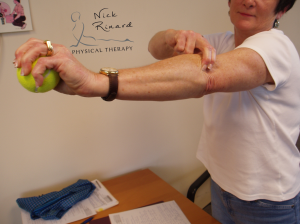 Objective findings included pain with passive elbow flexion and extension as well as pain with active wrist extension and with gripping a tennis ball. Because of my experience as a mechanical therapist, I am familiar with a technique called a mobilization with movement (MWM), developed by Brian Mulligan (a colleague of Robin McKenzie). The mobilization provides a lateral force over the ulna at the elbow joint. While the patient applied this force, he was able to grip the tennis ball PAIN FREE! This same technique was applied for other painful baselines and achieved the same results of ABOLITION OF ALL PAIN! This ability to turn symptoms off with a mobilization indicates an elbow derangement and the MWM is used as the treatment strategy.
Objective findings included pain with passive elbow flexion and extension as well as pain with active wrist extension and with gripping a tennis ball. Because of my experience as a mechanical therapist, I am familiar with a technique called a mobilization with movement (MWM), developed by Brian Mulligan (a colleague of Robin McKenzie). The mobilization provides a lateral force over the ulna at the elbow joint. While the patient applied this force, he was able to grip the tennis ball PAIN FREE! This same technique was applied for other painful baselines and achieved the same results of ABOLITION OF ALL PAIN! This ability to turn symptoms off with a mobilization indicates an elbow derangement and the MWM is used as the treatment strategy.
PATIENT HOMEWORK and OUTCOMES
The patient was asked to perform the MWM utilizing the lateral glide while gripping a tennis ball to be performed 10-20 times every hour. The theory is that this mobilization is re-positioning the joint in order for it to articulate correctly, resulting in improved range of motion and strength after. The patient returned to the clinic the next day with reports of at least 25% improvement! Objective findings were retested and nearly all baselines had improved in less than 24 hours! The patient returned 1 week later and reported an 85% overall improvement with symptoms.
GET YOURSELF EVALUATED
Don’t be misdiagnosed! Straightforward pathologies which require one exercise to treat are commonly missed with standard treatment. This results in extra physical therapy visits, and more of your time and money. It is worth your time to see if your pain has a MECHANICAL component, otherwise a simple solution may otherwise be missed.
If you are experiencing elbow pain and are living in the Portland/Vancouver metro area, get the best results by calling us today at 503-244-6232 to schedule a physical therapy evaluation.
More

